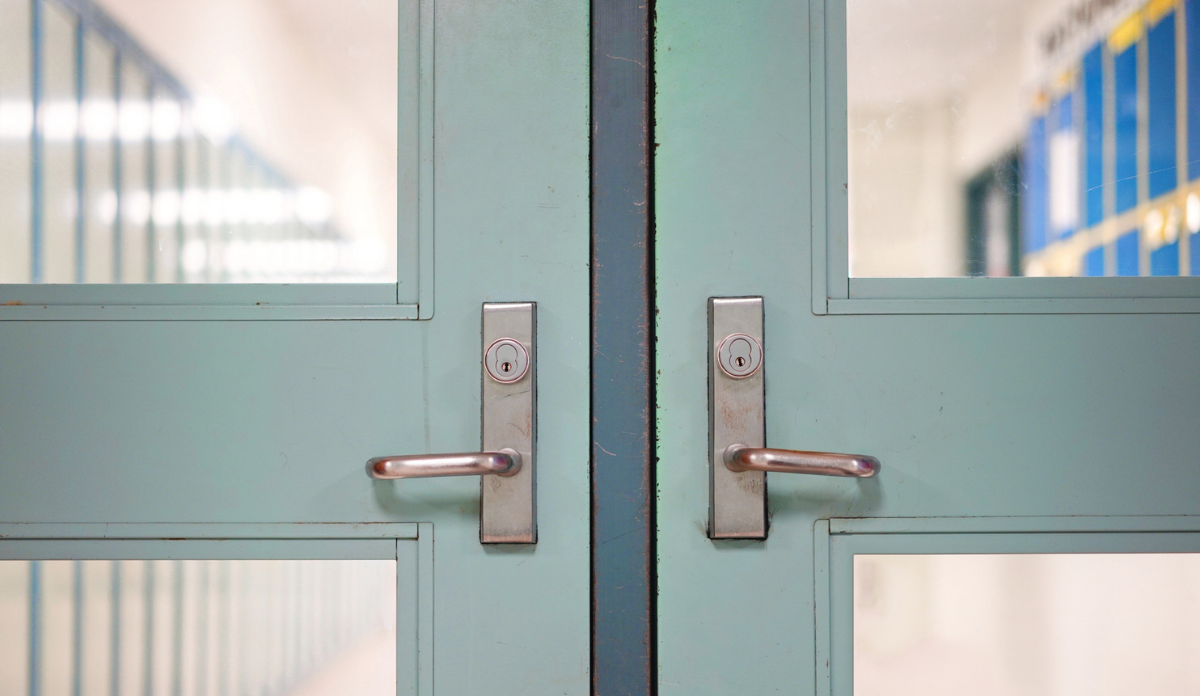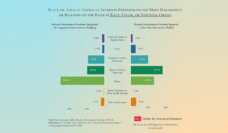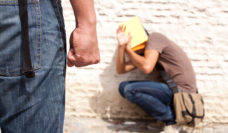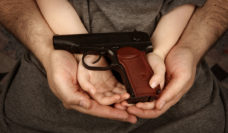It has been more than 20 years since two gunmen killed thirteen people at Columbine High School, marking one of the deadliest school shootings of its time. Following years of increasing mass shootings, there has been a growing interest in approaching gun safety as a public health issue. This framing points toward primary prevention strategies to reduce the possibility of gun violence, similar to the safety regulations imposed on cars. Unfortunately, gun control reforms have been spotty across states, with little federal legislation emerging.
At the same time, emergency school drills – a tertiary prevention strategy designed to minimize the impact of gun violence after it occurs – have become commonplace. By 2016, 95% of schools in the U.S. ran lockdown drills. But the practice of these drills can cause unintended harm. Even without a real threat, the perception of a possible threat brings significant stress and anxiety to both students and staff.
Alexandra Riggs and colleagues investigated how lockdown drills impacted students’ mental health and sense of safety. They surveyed 108 youth between ages 12 and 17 and their guardians, recruited from two pediatric emergency departments.
For more than 80% of the youth, these drills involved lockdowns in the school, as opposed to fleeing school premises. Beyond that, school-specific protocols varied widely: only about 65% of youth were informed of the drill before it happened, and more than 17% were surprised when drill alarms sounded.
[W]ithout national regulation to limit the purchasing of guns, practices like lockdown drills, armed personnel, and student searches might remain part of school safety for years to come.
After experiencing a lockdown drill in the past 2 years, 27% of youth reported feeling anxious about these drills. This group was more likely to skip school and was more likely to exhibit symptoms of depression and anxiety following drills. They were also more likely to have participated in a surprise drill.
Notably, 52% of caregivers expressed skepticism over the use of lockdown drills. Many believe that lockdown drills don’t do enough to prevent firearm injuries.
According to a survey by Leigh Rauk and colleagues of 1,975 youth aged 14 to 18, many schools have implemented more direct strategies to prevent violence. Placing armed personnel at schools has become routine. Almost 77% of youth reported that their schools had school resource officers; almost 17% had armed security guards. Conducting searches of students are also common: 54% reported random security checks; about 15% of schools had metal detectors.
At first glance, these policies did not seem to negatively impact students. The research team asked youth to rate the following statements on a scale from 1 (strongly disagree) to 5 (strongly agree): “I feel safe at school” and “I feel safe getting to and from school.” Perception of school safety was quite positive – the overall mean across both questions was 4.1.
However, upon closer look, the researchers found that not all students thrived under these practices. As schools implemented more and more safety policies, youth of color felt more and more unsafe, reporting lower perceptions of safety when the number of armed personnel and the number of student searches increased. Non-Hispanic white youth reported feeling safer with more student search practices.
Policy change might hold more promise for reducing the devastating impact of firearms. But without national regulation to limit the purchasing of guns, practices like lockdown drills, armed personnel, and student searches might remain part of school safety for years to come.
When implementing intrusive safety policies, school administrators should consider how they impact students’ feelings of safety, especially for youth of color who are historically overpoliced and criminalized.
Photo via Getty Images














